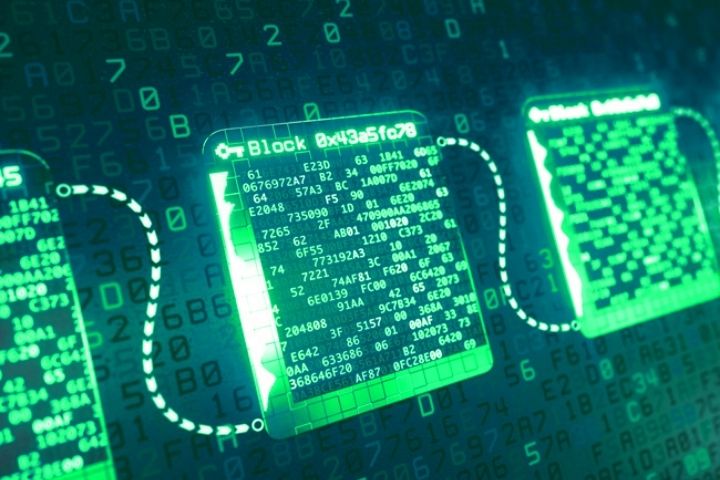How does Blockchain work?
More and more companies have recognized the potential of the blockchain and are now planning to implement the technology in their own home. But how? This practical guide is intended to help companies with their project planning to face possible challenges better.
There is not just one blockchain. When making the selection, the individual requirements should be carefully checked.
A blockchain is -Projektierung must be carefully prepared and carried out systematically. In addition to a lack of internal specialist knowledge, the complexity that can suddenly arise when, for example, a transaction platform is to be replaced by a blockchain solution is often underestimated. Because what looks sensible and simple on paper usually only unfolds its complex problem structures on the way into practice. To this end, several questions should be clarified in advance.
Develop Application Scenario Of Blockchain Technology
The most important key to developing a goal-oriented blockchain solution is to determine which problems it should solve and whether this technology is suitable for this. The organization must know its relevant processes inside out and identify the associated issues. It should also be ensured that the blockchain also fits into these processes. If this is not the case, these processes must be reviewed and, if possible, revised to lay the necessary basis for the technology.
The following questions should help to clarify whether the blockchain qualifies as a solution to the problem: Do several parties share data? Are multiple parties updating data? Is there an obligation to verify? Do intermediaries add complexity? Are interactions time-sensitive? Do transactions interact? If four out of six of these criteria can be answered with yes, this shows that the blockchain could be a good idea for solutions. Possible use cases should then be formulated in detail.
Create A Proof Of Concept (POC)
The creation of a proof of concept is a strategic procedure intended to help evaluate whether the blockchain implementation is feasible for the respective organization. Here, too, there are a few essential questions to be considered about the competition and the challenges to be derived: Which business problem is to be solved by the blockchain implementation? Which positive results should be achieved? How does blockchain implementation help transform business? And so forth.
Selecting Blockchain Type & How does Blockchain work
Important to know: There is not just one blockchain. A large number of blockchain platforms now exist. Blockchain types differ, among other things, in whether they are public, private, or hybrid or whether they are with or without permission. The respective blockchain type always depends on the individual case. For example, security and financial regulations can mean that a blockchain without permission is unsuitable for an organization.
The most famous blockchain platforms include Hyperledger Fabric, Corda, Stellar, Open Chain, Multichain, Quorum, Ethereum, etc. Experts with blockchain experience are essential for selecting from a third-party provider or from a company that offers standard blockchain Offers solutions.
How Does Blockchain Work & It’s Infrastructure
One of the most important functions of blockchain technology is the so-called smart contracts. This enables companies to conduct critical transactions without the interference of a third party. The advantage here is that the transaction process is automatic and transparent, and fair for everyone involved.
All participants in the network are obliged to adhere to the contract rules. Because of this automatism, many organizations choose blockchain technology. When building a blockchain solution, smart contracts have to be developed and put through their paces in a test network.
Select Consensus Protocol
A blockchain must ensure that an identical chain of data blocks is created for all participants and is judged to be legitimate. Various consensus protocols or algorithmic verification processes are available for this. These include, for example, proof of work, proof of stake, delegated proof of stake, etc., which stand for different advantages and disadvantages such as speed, mining costs, power consumption, scalability, etc.
This creates a reliable system that virtually eliminates manipulation. Currently, no consensus mechanism optimally fits all possible requirements of a use case. A suitable algorithm should be selected depending on the defined use case and type of blockchain.
Scalability Problem Of Blockchain Technology
Another challenge that comes with implementing blockchain technology is scalability. Many blockchain developers are currently still busy solving the conflict between maintaining the typical advantages of the blockchain. And, at the same time, ensuring the greatest possible flexibility at high speeds.
Put Together A Development Team
Finding the right team is an important key to successfully implementing blockchain technology. Too many managers make the mistake of simply offloading projects onto their existing teams without considering the consequences.
Because every developer who works on a blockchain must be familiar with cryptography, how decentralized peer-to-peer networks work, organizations such as Ethereum and their smart contracts, etc. For this reason, each team should include at least one experienced blockchain developer and other developers who have at least similar skills.

